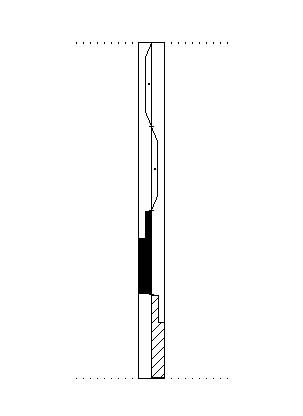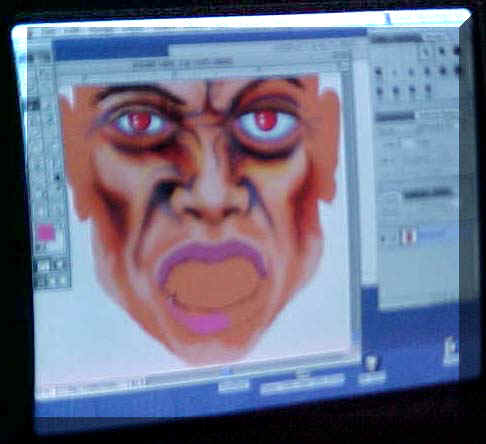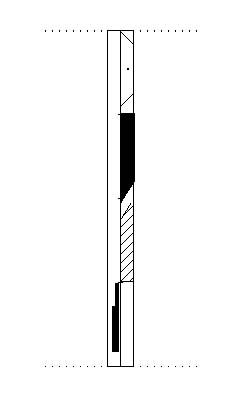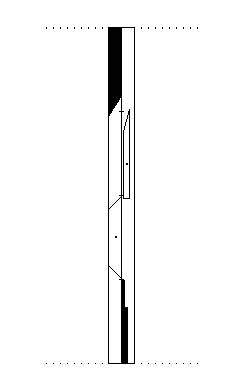| Opening
Minds
Traditional VS Contemporary Technology in the Arts |
||||
|
On the first day of school
Traditional self portrait done
Standards Taking inspiration from students dabbling with Adobe Premier 5.0, we developed ideas on standards- based lessons, which would analyze and evaluate the use of traditional and contemporary technologies as applied to the arts we teach. Students' works could be created through traditional means, such as sketching, painting, or photography. These images could then be transferred to a computer using the Adobe Premier software. With this software, students can turn the basic pictures into digital videos, enhanced with specialized filters and music clips. Viewing both formats over the works, students will then compare and contrast the effectiveness of each product.
Laban Notation |
This student has just
Contemporary
self
Laban Notation Choosing the
discipline of dance, members of our learning community were exposed to
traditional means of notating dance choreography. The Laban Notation
incorporates symbols to represent movements to the body. Symbols
were used to indicate direction and level fields. These notations
were then placed on a staff representing timing to create a motif of the
score for the dance piece.
Laban Notation |
Reflections Selected students from across the commonwealth converged on the Mercyhurst College campus in Erie for five weeks to learn form teaching artists and from each other and to experience the arts thoroughly. The young artists immersed themselves in learning, refining, exhibiting and performing within their identified disciplines and explored latent talents through participation in elective courses. Dance students leapt, extended and stretched, using their bodies as lithe instruments. Then, they analyzed and digitized the body with LifeForms 3.9, a computer program which allows choreographers to replicate the movement of the human form and to lift that movement to new dimensions. Assuming vantage points across the campus, students captured images in pencil and ink. On the walls of the studios and classrooms, charcoal sketches and oil paintings are juxtaposed with electronic creations and computerized alterations of photos and videos. While the traditional artists', media still dominate the field, contemporary technology has found a prominent place in the arts. In a theatre activity, thespians stared into each others' eyes and conducted a trust exercise using mirror imaging. Musicians gazed at sheets of music in sound proof practice rooms to perfect phrasing and technique. Dancers studied videotapes and the trained forms of the instructors to imitate the nuances of the movements. Painting proteges focused on a still life and, at the advice of the mentor, extended the field of vision beyond and before the subject. And in a hushed computer lab light only with the glow from screens, students gazed into the faces of their electronic partners creating, enhancing and imaging innovative collaborations.
|
||
|
This webpage was
developed by: Special thanks to Andy, Rob, and Chad for their technical and emotional support. COMMUNITY
# 7 ROCKS! |
||||



